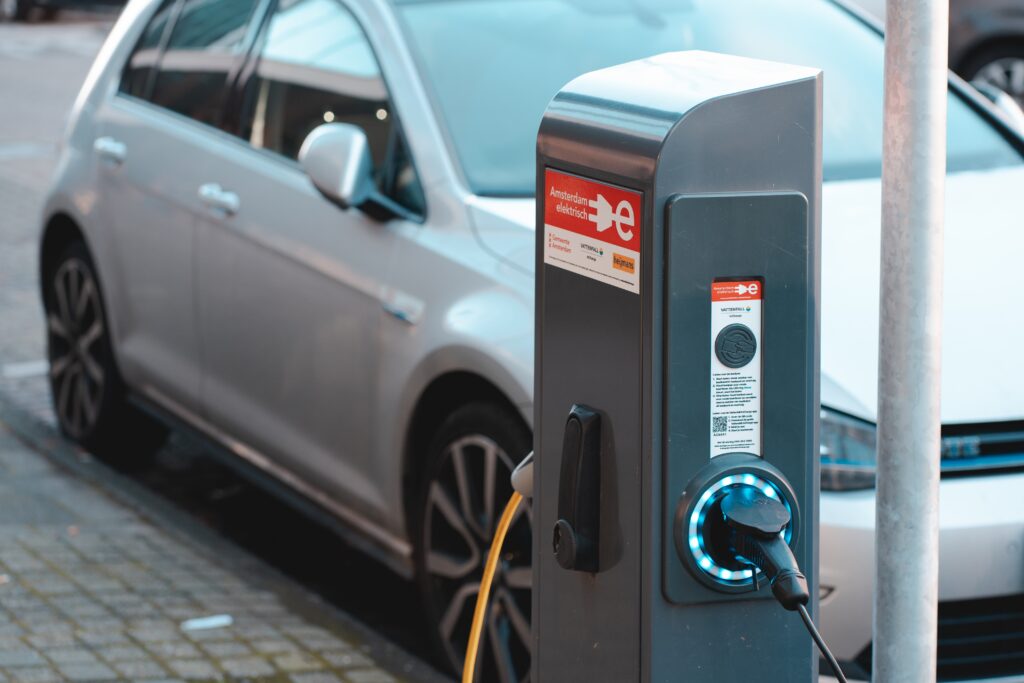
Concrete EV Pad Milton and Toronto
Concrete EV Pads Milton and Toronto, here are the 5 Reasons Why Concrete EV Pads Are the Future of Sustainable Infrastructure
As the world moves towards a more eco-friendly mindset, it’s essential to find new ways to reduce carbon emissions and encourage sustainable practices.
This is where concrete EV pads come in, as they offer a number of advantages that make them a great option for EV charging stations. In this blog, we’ll take a look at concrete EV pads and their impact on sustainable infrastructure.
1. The Durability and Longevity of Concrete EV Pads
Concrete is one of the most durable and long-lasting materials on the market. Unlike other materials like asphalt, concrete can stand up to heavy loads and long-term use without breaking down. Concrete EV pads can last decades without needing to be replaced, which means less waste and a lower maintenance cost.
2. Environmental Friendliness:
Concrete has a limited environmental impact and is an environmentally benign material. When compared to the manufacturing of other building materials like steel or asphalt, the production of concrete produces fewer greenhouse gases.
Furthermore, readily available natural resources like sand, water, and limestone are used to make concrete. We can lessen our dependency on non-renewable resources and help create a more sustainable future by selecting concrete EV pads.
3. Energy Efficiency:
Solar cells and LED lights serve as two examples of energy-efficient features that can be incorporated into the construction of concrete EV pads. Electric vehicles can be charged using solar-powered EV charging stations, which lessens the need for conventional power sources.
The concrete pads can also incorporate LED lighting, which uses less energy to illuminate the charging stations. We can build an infrastructure for electric vehicles that is more efficient and sustainable by combining concrete with energy-saving technologies.
4. Versatility and Customization:
Concrete EV charging pads are highly versatile and can be customized to fit different types of charging stations, such as fast charging, level 2 charging, or wireless charging. Concrete charging pads can also be painted or stamped to blend in with your surroundings or include branding.
This versatility allows you to integrate your EV charging station into different places, like parking lots, homes, or commercial areas, making EV charging easier and more convenient for your users.
5. Resilience to Extreme Weather Conditions:
Concrete is resistant to extreme weather conditions. Heavy rain, snow, or high temperatures can damage concrete EV pads, whereas asphalt can crack or break down under extreme weather conditions.
The resilience of concrete EV pads ensures that your EV charging station will work reliably year-round, no matter what the weather conditions are like.
By selecting concrete EV pads, we can create an eco-friendly infrastructure that is resistant to climate change, extreme weather events and more.
In summary, sustainable infrastructure for electric vehicles will increasingly rely on concrete EV pads. Their energy efficiency, tolerance to adverse weather conditions, longevity, and environmental friendliness make them the perfect option for EV charging stations.
We can encourage environmentally friendly behaviors, lessen our carbon footprint, and build an easier-to-access and practical infrastructure for electric vehicle charging by investing in concrete EV pads.
Concrete EV Pads Milton & Toronto is the first step toward sustainable mobility in the future, Get in touch with us for more information.